Amazon Rainforest
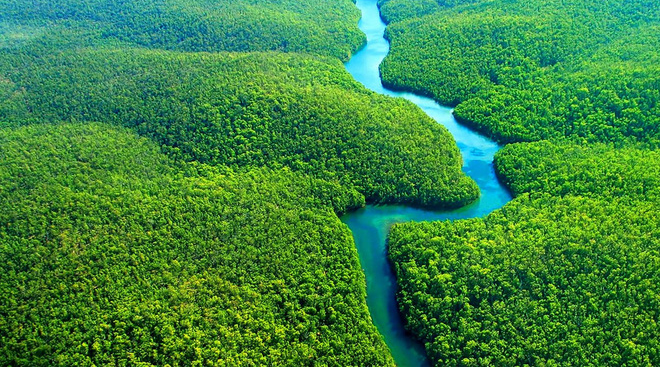 |
The Amazon rainforest is the most famous forest in the world with a huge area of up to 7,000,000 square kilometers, spread across many countries such as Peru, Brazil, Colombia, Bolivia, Ecuador, Surinam, Guyana and Venezuela. The Amazon is the most species-rich ecosystem in the world, with one in every 10 species on Earth found in the Amazon. There are an estimated 2.5 million insect species, tens of thousands of plant species, and about 2,000 bird and mammal species in the Amazon. The Amazon has absorbed billions of tons of CO2, bringing fresh air to the earth. That is why this forest is known as the "green lungs" of the planet and is the most important factor regulating the global climate. Preserving the Amazon is protecting the survival of the earth. |
Yakushima Forest (Japan)
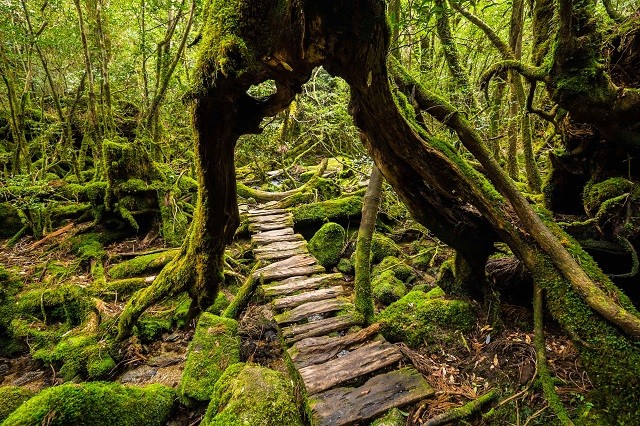 |
The Yakusugi trees, also known as Japanese cedars (sugi in Japanese), have existed in the forests of Yakushima Island for about 7,000 years. The rainforest was so prized by 17th-century Japanese royalty that scenes from the forest were recreated in a garden on the mainland. In 1993, the Yakushima Forest was designated a UNESCO World Heritage Site. It is also the inspiration for famous anime works such as Princess Mononoke and Spirited Away. |
Białowieża Forest (Poland and Belarus)
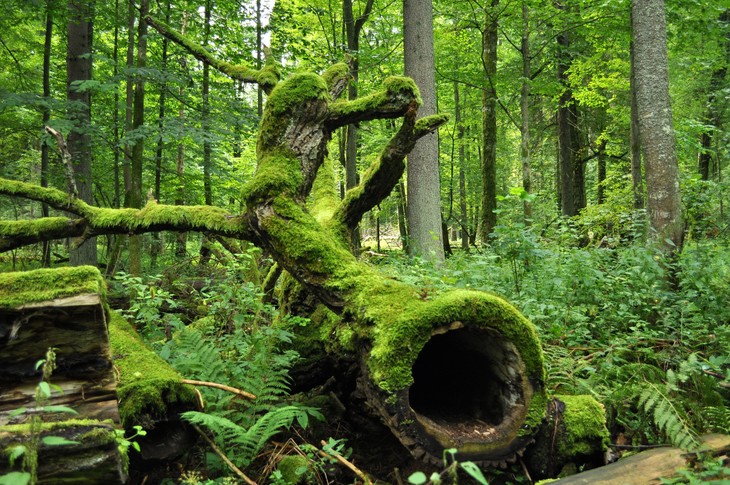 |
The Białowieża Forest is one of Europe's oldest surviving forests. In the Middle Ages, it was a hunting ground for kings and tsars. In the early 20th century, Poland and Belarus declared the Białowieża Forest – which straddles the border between both countries – a national park, and it was designated a UNESCO World Heritage Site in 1979. |
Avenue of the Baobabs (Madagascar)
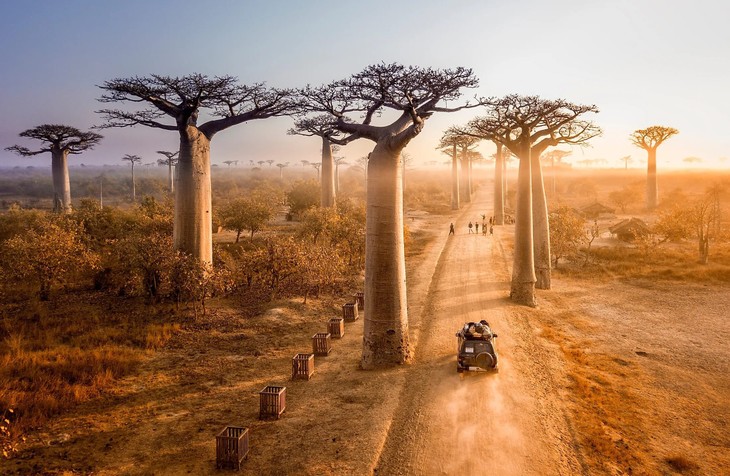 |
Hundreds of years ago, the Avenue of the Baobabs was located in a dense rainforest of Adansonia grandidieri trees, a tree species unique to Madagascar. After years of deforestation, only about 20 of the trees—commonly known as baobabs—still stand along the famous dirt road. With their unique shape and “upside down” posture, these giant trees are especially striking at sunrise and sunset. Photo: World Atlas |
Jiuzhaigou Forest, China
 |
Jiuzhaigou Forest (Jiuzhaigou) is located in Nanping, Sichuan, China. Covering an area of 72,000 square kilometers and rising to an altitude of over 4,800 meters, the forest has diverse ecological lakes and fresh air. UNESCO has recognized Jiuzhaigou as a world natural heritage since 1992. Jiuzhaigou Forest is famous for more than 200 rare species of animals and plants such as giant pandas, golden monkeys, orchids, and rhododendrons. With its wild and majestic beauty, Jiuzhaigou attracts about 10,000 tourists from all over the world every day. Photo: Vietravel |
Monteverde Forest, Costa Rica
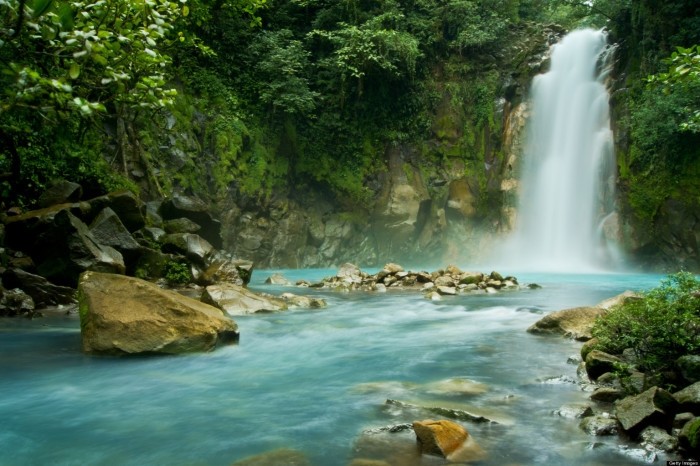 |
Monteverde Forest, Costa Rica’s green gem. A world-class ecotourism destination, this vast, biodiverse forest is home to thousands of rare plant and animal species. With over 2,500 plant species, 100 mammal species, and 400 bird species, Monteverde National Forest attracts over 70,000 visitors each year. Monteverde is located on a plateau at 1,066.8 m high, a wildlife reserve with 6 different ecosystems spread over 4 hectares. The lush green of the mountains and forests blends with the pure white of the clouds, creating a romantic and mysterious Monteverde “cloud forest” scene. Photo: Mytour |
Ancient Bristlecone Pine Forest
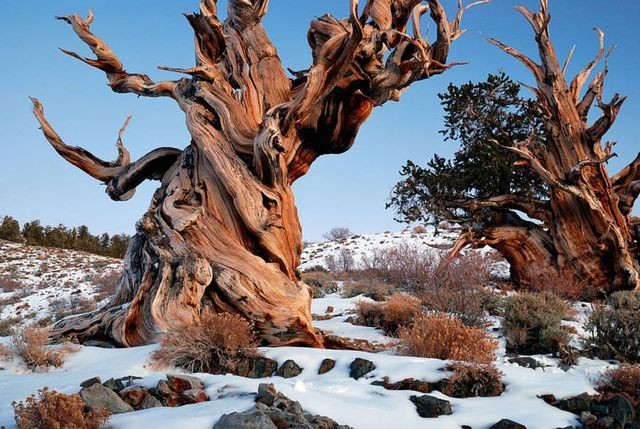 |
The Ancient Bristlecone Pine Forest, located 10,000 feet above sea level in the California highlands of the Inyo National Forest, is home to some of the oldest trees on Earth, including the Methuselah tree, which has an unusual twisting shape and is estimated to be over 4,840 years old. Photo Pngtree |
Source


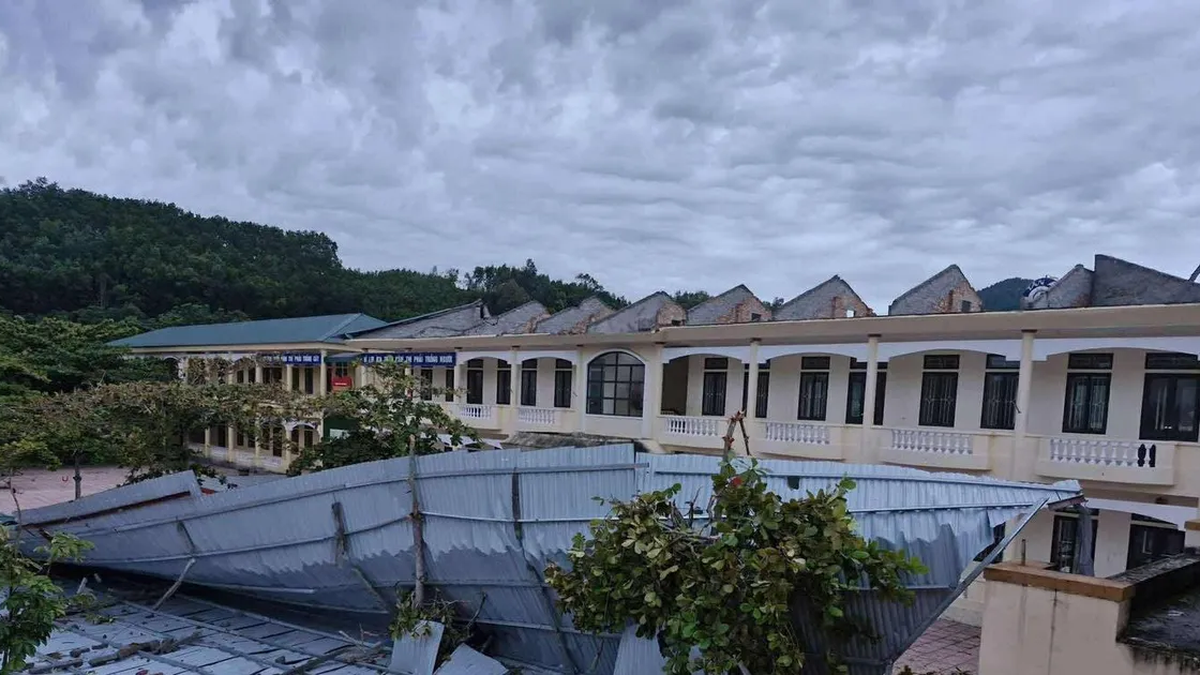




















![[Photo] National Assembly Chairman Tran Thanh Man visits Vietnamese Heroic Mother Ta Thi Tran](https://vphoto.vietnam.vn/thumb/1200x675/vietnam/resource/IMAGE/2025/7/20/765c0bd057dd44ad83ab89fe0255b783)








































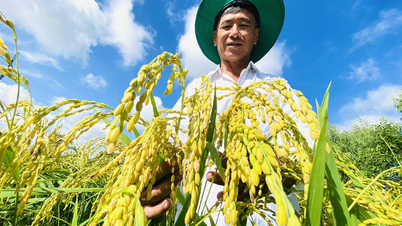










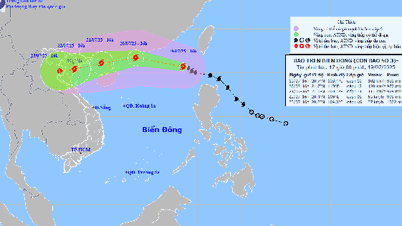
























Comment (0)